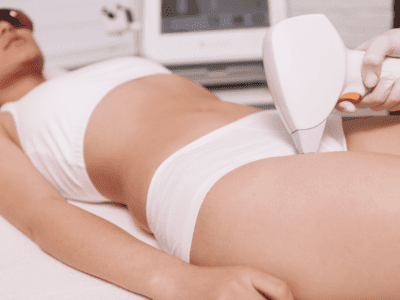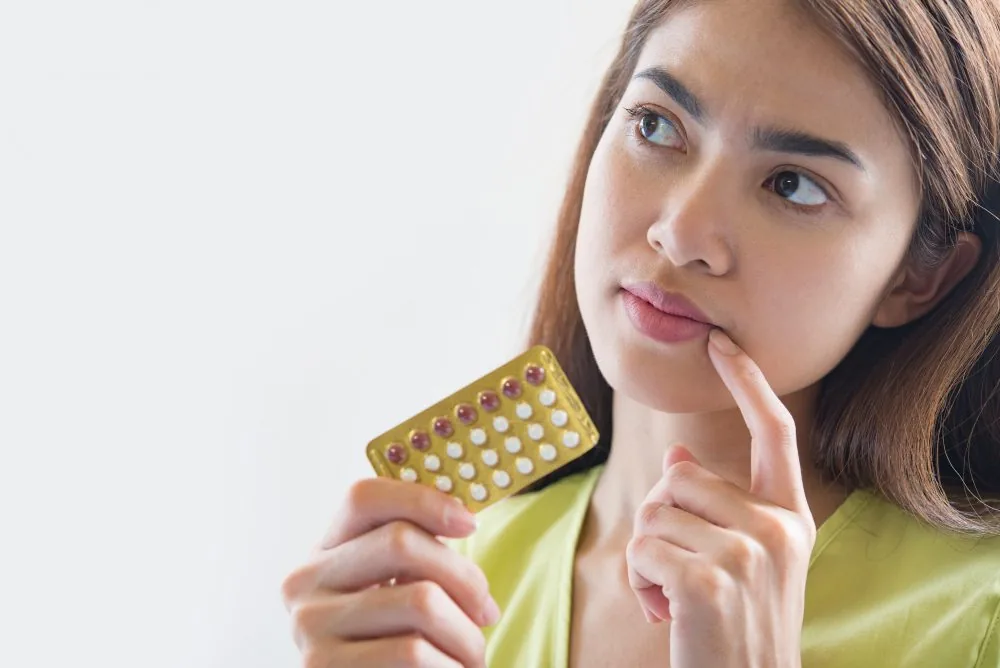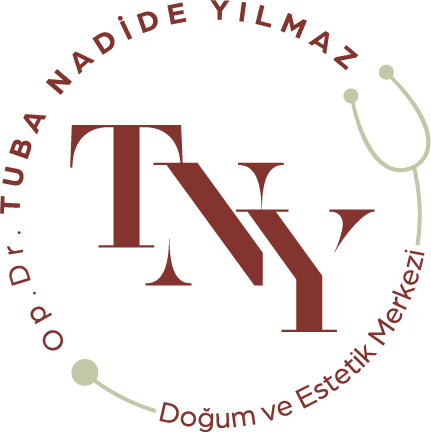Molluscum contagiosum is a common skin infection among children and adults worldwide. This viral disease, while usually harmless, can lead to aesthetic concerns and the risk of transmission between individuals. In this article, we will take an in-depth look at every aspect of Molluscum contagiosum, from causes to symptoms, treatment methods to prevention strategies.
Anatomy of Molluscum Contagiosum
Molluscum contagiosum is caused by a DNA virus belonging to the Poxviridae family. The virus infects the outer layer of the skin (epidermis) and causes the formation of characteristic blisters (molluscum lesions).
Symptoms and Diagnosis
The lesions are usually flesh-colored, round, firm and shiny nodules. They typically have a navel or depression in their center. The lesions appear mostly on parts of the body such as the trunk, arms and legs and are usually painless. However, in some cases they can cause itching or skin irritation.
Diagnosis
Diagnosis is usually based on the clinical appearance of the lesions. Rarely, a sample of the lesion may be taken for microscopic examination to confirm the diagnosis.
Transmission Mechanism
Molluscum contagiosum is easily transmitted through direct contact with infected lesions or through contaminated objects. Among children, the risk of transmission is higher during play, in gyms and swimming pools. In adults, it is usually transmitted through sexual contact.
Risk Factors
- Young age
- Frequent skin-to-skin contact
- Weakening of the immune system
- Presence of skin diseases such as atopic dermatitis
Treatment Methods
There are many treatment options for molluscum contagiosum. Treatment is determined by the number and location of the lesions and the general health status of the patient.
Cryotherapy
Cryotherapy is one of the most commonly used treatment methods. In this procedure, lesions are frozen using liquid nitrogen. This method is usually quick and effective, but can sometimes cause temporary blemishes on the skin.
Curettage
Curettage is the process of scraping the lesions with a sterile instrument. This is usually done under local anesthesia and effectively removes the lesions.
Topical Treatments
Various topical medications can be used to treat molluscum lesions. These include imiquimod cream, podophyllin solution and salicylic acid. Topical treatments offer a less invasive option, especially for children.
Laser Treatment
Laser therapy is used to treat stubborn lesions. High-energy light vaporizes the lesions, destroying the infected cells. This method is often preferred for patients with cosmetic concerns or who have not responded to other treatments.
Immune Modulators
In individuals with a weakened immune system, treatments to strengthen the immune system can be used to fight the virus. These treatments help the body to respond more effectively to the virus, helping the lesions to heal.
Prevention and Public Health Recommendations
It is important to take individual hygiene measures to prevent the transmission of molluscum contagiosum. These measures include:
- Avoid direct skin contact
- Not sharing personal belongings (towels, clothes, toys)
- Protected sexual intercourse as it can be sexually transmitted









